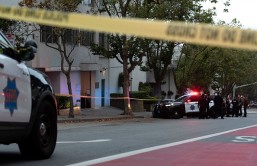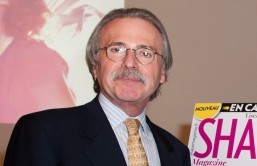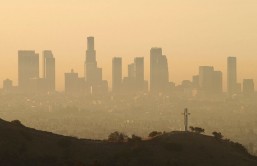Covid-19 has become an unprecedented crisis for Nuvangyaoma as well as leaders throughout the many tribal nations.
The Covid-19 rate of infection has now become 3.5 times higher for Alaska Natives and American Indians. They have been more prone to face hospital admission and even death than non-Hispanic whites, according to the Centers for Disease Control and Prevention.
Despite legal and treaty responsibilities, the Covid-19 Covid-19 outbreak has illustrated long-standing socioeconomic disparities and health disparities for Alaska Natives and American Indians, several of which are based on the severe funding cuts of tribal as well as urban health care systems by the national government.
Any possible recovery has been further slowed by the collapse of the tribal economies due to the pandemic, as well as issues and legislation from around the allocation of emergency federal funds.
In the mishandled response of America to the outbreak, like small tribal states, several groups have suffered as a result. The loss of even one individual is intensified for the Hopi, a community who has kept a connection to their traditional ways of life and identity.
Tribal group's historical traumas fuel distrust
Previous research misuse and neglect deepen logistical obstacles, much like how blood collections from representatives of the Havasupai Tribe have been sent to researchers for diabetic tests were kept and then dispersed for unrelated experiments. Furthermore, for Native Americans, cultural inequities had also induced classification errors and gross underreporting of information.
Echo-Hawk, who was also on the panel that advised federal agencies on the distribution of Covid-19 vaccines, had this to say: "These memories, including the Havasupai case, and others of historical research harms are ones that are stories that are told in Native communities."
There has also been a scarcity of culturally significant correspondence from drug companies who have grappled in studies to retain extensive Indigenous representation.
In particular, the Hopi Nation, which has been completely surrounded by the Navajo Nation, chose to not participate the latter in the Pfizer studies. 1 percent of the participants involved in U.S. studies are Native American, as per a rundown of participant diversity on Pfizer's webpage.
Life and death decisions on tribal communities
Moreover, tribal leaders have experienced hurried procedures and deadlines throughout the outbreak to take critical decisions concerning vaccine preparation, including whether to obtain vaccine distributions from the state or the Indian Health Service. On the day before the presidential election, several urban Indian medical centers have been told that they have to make a decision by the end of the week.
As a result, the Hopi Tribe chose to obtain distributions through the Indian Health Service, the government-financed medical care system tasked with providing assistance for about 2.6 million Alaska Natives and American Indians.
Dr. Slaoui noted in a discussion on Sunday that the Advisory Committee on Immunization Practices and the CDC would submit guidelines on who would be vaccinated first once approval has been confirmed. Such information would be evaluated by the Department of Health of each state, indicating that it might first be frontline medical personnel or potentially those at very high risk.
READ MORE ON HNGN:
- CDC Pleads Americans Not to Travel for Thanksgiving Due to Continuous Increase in COVID-19 Cases
- Pfizer Files Emergency Use Authorization to U.S. Regulators for its COVID Vaccine
- Melatonin May Help Alleviate and Serve as a COVID-19 Treatment, According To a New Study








